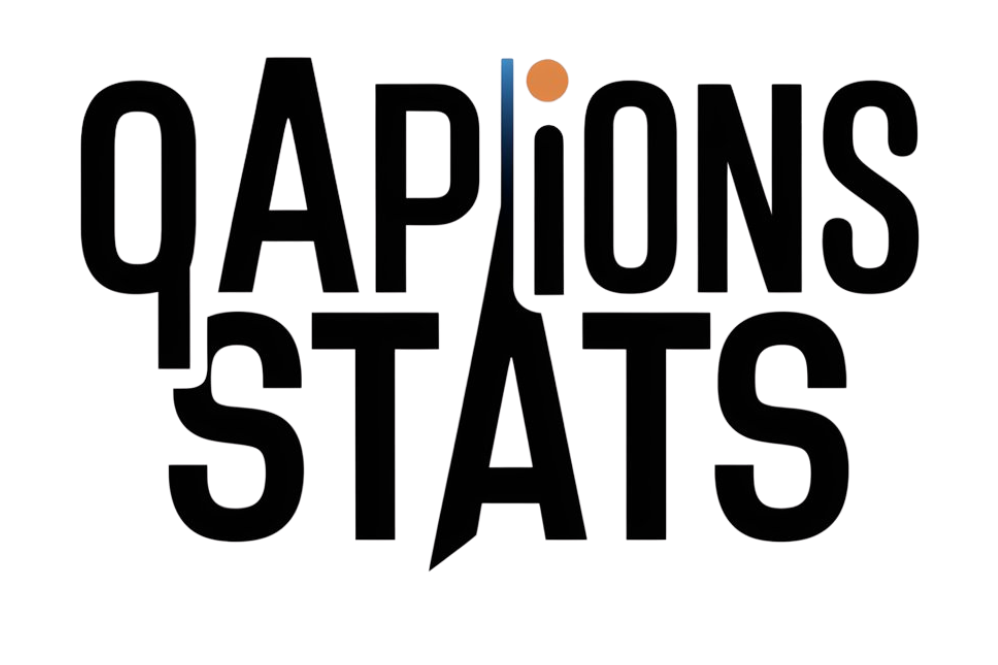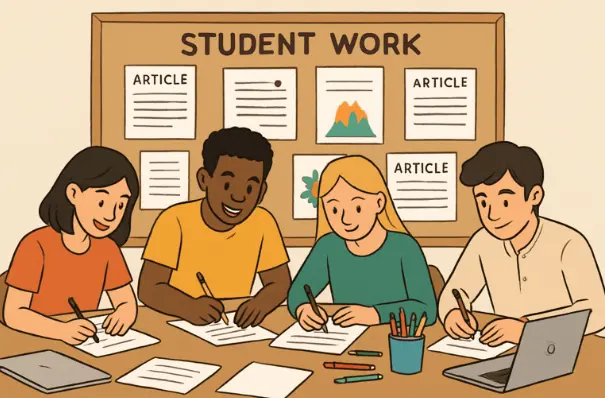Introduction
Fostering creativity through writing helps students find their unique voices and equips them with critical skills for future success. One compelling approach is utilizing student book publishing by Studentreasures, which gives young writers a platform to share their stories and see their work brought to life in print. This tangible outcome serves as powerful motivation, as students not only practice their writing but also appreciate the process of publishing and sharing with others.
Allowing students to embark on creative publishing projects links classroom work with real-world applications. Students develop a sense of accomplishment and pride by experiencing every stage—from brainstorming to editing to final publication. This thorough immersion in the creative process deepens literacy, hones organizational skills, and adds real-life context to academic tasks.
Incorporate Real-World Events
Bringing actual events into the classroom writing environment injects authenticity and excitement into assignments. When students write about school happenings, local news, or community milestones, their work becomes more meaningful and relevant. They not only stretch their writing abilities but also become more connected to their communities and gain a greater appreciation for the significance of current events.
Teachers can invite students to act as classroom reporters, interview peers or staff, and produce articles for a class newsletter or blog. This approach improves journalistic writing skills and makes students feel like valued contributors to their learning environment.
Leverage Technology and Multimedia
Digital tools make writing more interactive and accessible, sparking fresh inspiration. Platforms let students design and publish their digital newspapers, which helps them visualize their writing outcomes and engage with different formats.
Beyond digital newspapers, encouraging students to use imagery, audio, and video in their stories opens new storytelling avenues. Students might create short films, podcasts, or illustrated stories, experimenting with multimedia skills that are increasingly vital in our connected world. Incorporating multimedia can also accommodate various learning styles and provide more entry points for self-expression.
Encourage Collaborative Projects
Collaborative writing challenges foster teamwork, adaptability, and creative resilience. For example, students can work in small groups to create a class magazine, delegating roles such as editors, illustrators, and journalists. This structure allows students to take ownership of the project and experience how real-world publishing teams operate.
Peer review is another valuable collaborative technique. Facilitating respectful feedback sessions helps students learn from each other and see the writing process as iterative. Peer feedback can often uncover strengths or possibilities that individual writers may have missed, supporting a richer learning experience.
Integrate AI Tools
Artificial Intelligence (AI) is increasingly finding its place in the classroom as a resource for developing creative writers. Tools powered by AI, such as grammar checkers, brainstorming assistants, and style analyzers, provide instant feedback and recommend new directions for students’ work. These tools can be used to jumpstart ideas or refine drafts, but should always augment—not replace—students’ creativity and thinking.
Educators should guide students to use AI ethically and thoughtfully. Teaching students how to analyze, question, and build upon AI suggestions can lead to even more inventive writing, ensuring that digital resources empower rather than diminish individual voices. Research from Edutopia has shown that responsible use of AI can deepen engagement and encourage experimentation in young writers.
Provide Diverse Writing Prompts
A wide variety of prompts ensures that all students find inspiration in the classroom. By offering scenarios ranging from quirky news stories to fantastical adventures, teachers can challenge learners to step beyond their comfort zones. Prompts sourced from real, strange news events or imaginative “what if” setups can lead to some of the most memorable and unique student work.
Creative prompts also provide opportunities to model different genres—such as poetry, personal narrative, or mystery—helping students grow fluent in expressing themselves across styles and formats. For teachers seeking inspiration, The Atlantic’s feature on creative writing in schools offers many classroom-tested ideas.
Foster a Reflective Writing Practice
Reflection is critical for internalizing growth and improvement in writing. Implementing digital journals enables students to record their progress, note challenges, and celebrate their achievements. This encourages persistence, self-awareness, and a deeper relationship with the writing craft.
Over time, a reflective practice encourages a growth mindset. Students begin to see setbacks not as failures but as opportunities to learn and expand their creative repertoires. Teachers can guide reflective exercises by asking students to review earlier drafts, set creative goals, and articulate what they’ve learned from each assignment.
Conclusion
Creative writing flourishes when students are encouraged to experiment, collaborate, and publish their work authentically. Strategies such as incorporating real-world connections, leveraging technology, promoting teamwork, integrating AI, diversifying prompts, and nurturing reflection contribute to a classroom culture where creative voices thrive. Approaches and similar hands-on projects ensure students develop technical writing skills and gain confidence, agency, and pride in sharing their unique stories with the world.
Also Read- Medusa Tattoo Meaning



